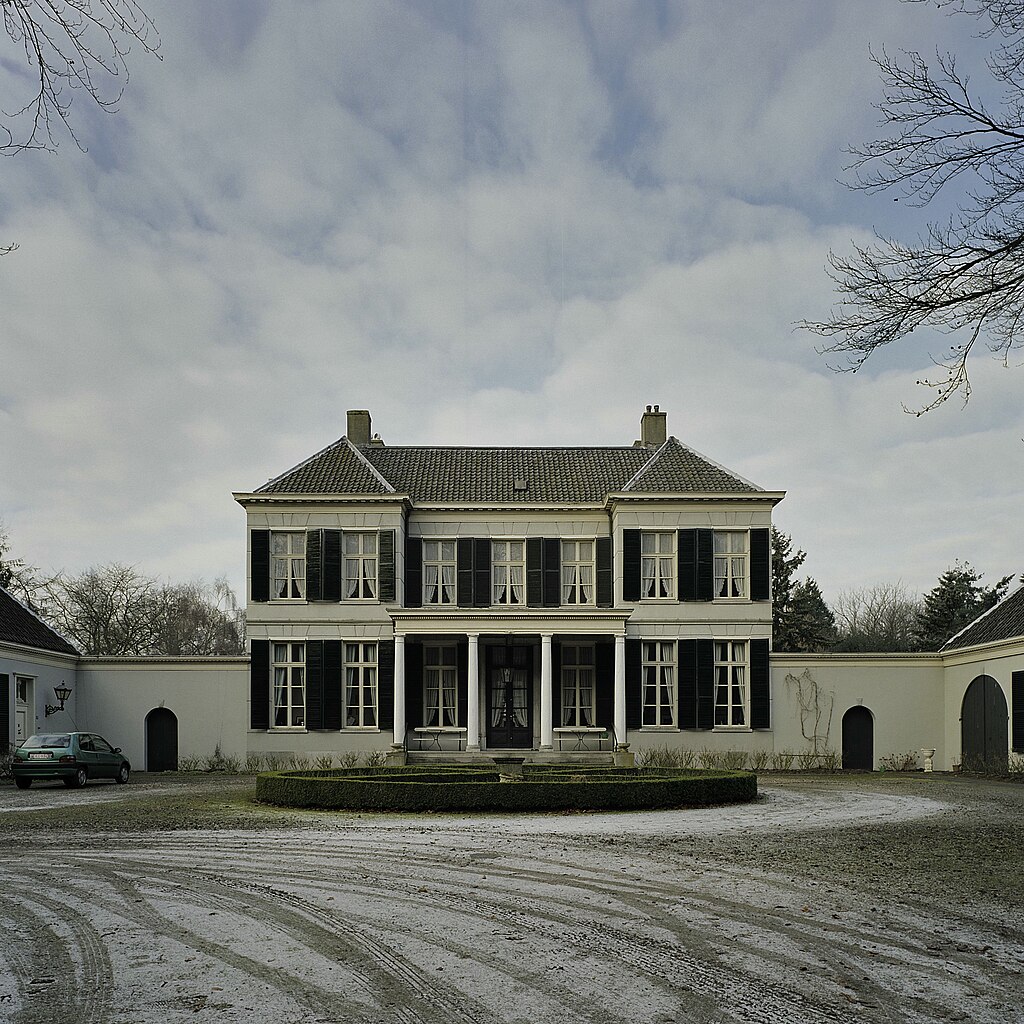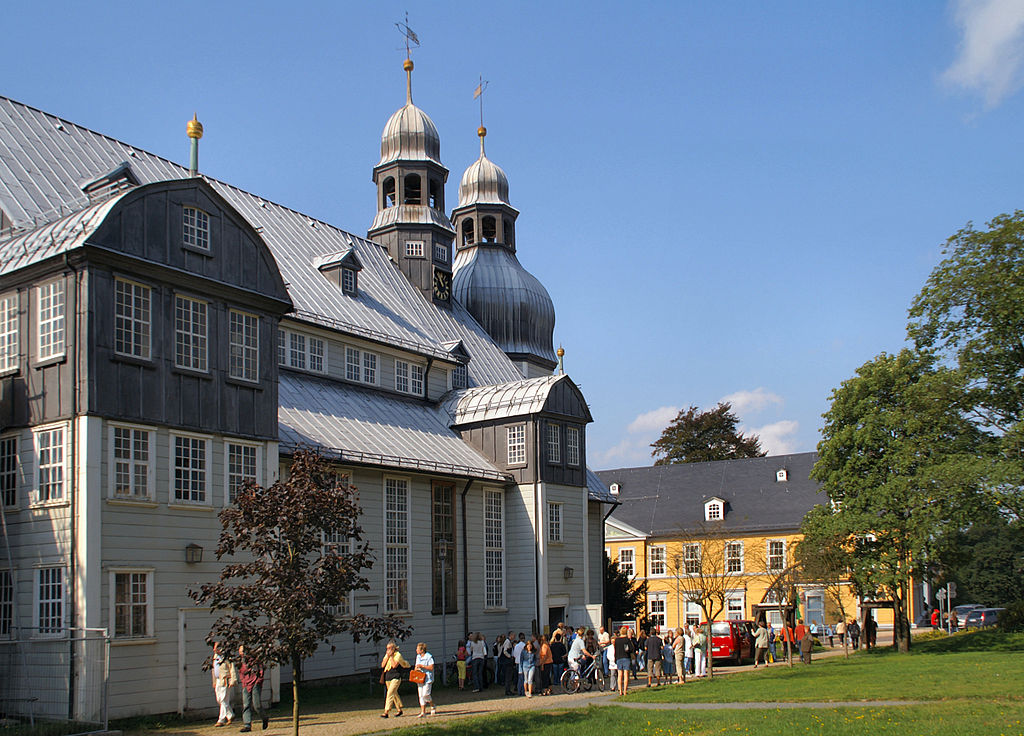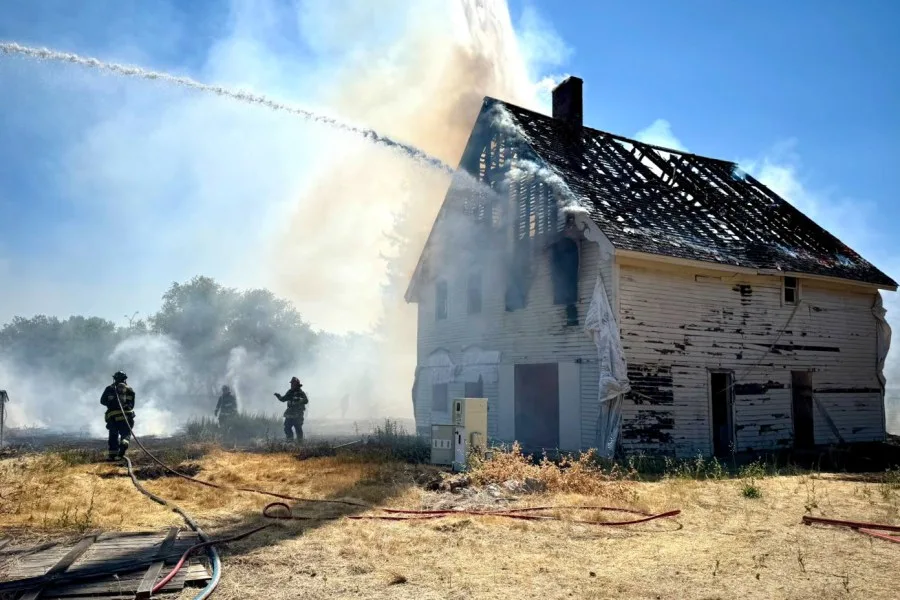Breda Landhuis Burgst Fire: Lessons for Fire Professionals
In the early hours of June 1, 2025, a devastating fire destroyed the Landhuis Burgst, a historic 18th-century villa in Breda, the Netherlands. The fire broke out at around 2:30 a.m. on the ground floor of the building, while 18 people, including the owner, his family and migrant workers, were inside. Fortunately, everyone was able to evacuate safely, but the structure was completely destroyed. (NL Times).

Background and Controversies
The Landhuis Burgst was not only a historic building, but also at the center of a long-running dispute between its owner and the municipality of Breda. Since 2016, the owner had been seeking permits to build additional facilities, such as warehouses and a swimming pool, but local authorities had denied the requests, suspecting that the funds for the work came from illicit activities, including the unauthorized rental of rooms to students in Utrecht. (Omroep Brabant). An investigation by an integrity office suggested that the owner had been charging rents above market value, further fueling suspicions of money laundering. The matter was brought before the Council of State, which upheld the municipality’s decision to deny the permits.
Implications for Fire Safety
This tragic event offers food for thought for fire safety professionals:
- Mixed Occupancy and Safety: The presence of different types of occupants, such as families and migrant workers, requires customized evacuation plans and effective communication in the event of an emergency.
- Historic Building Maintenance: Historic structures often present unique challenges in terms of fire safety. Regular inspections and upgrading of electrical and safety systems are essential to prevent incidents.
- Legal Conflicts and Safety: Legal disputes can delay necessary building safety interventions. It is essential that authorities work with owners to ensure that safety measures are not compromised during such disputes.
- Training and Preparation: All occupants, regardless of tenure or status, should receive adequate training in evacuation procedures and the use of fire safety equipment.
Conclusion
The Landhuis Burgst fire highlights the importance of proactive fire safety management, especially in historic buildings with mixed occupancy and complex legal situations. Industry professionals must work with local authorities and owners to ensure that safety is never compromised, regardless of the circumstances. For further details on the incident, you can consult the full NOS report: Landhuis Breda verwoest door brand, eigenaar had jarenlang conflict met gemeente.(NOS)




